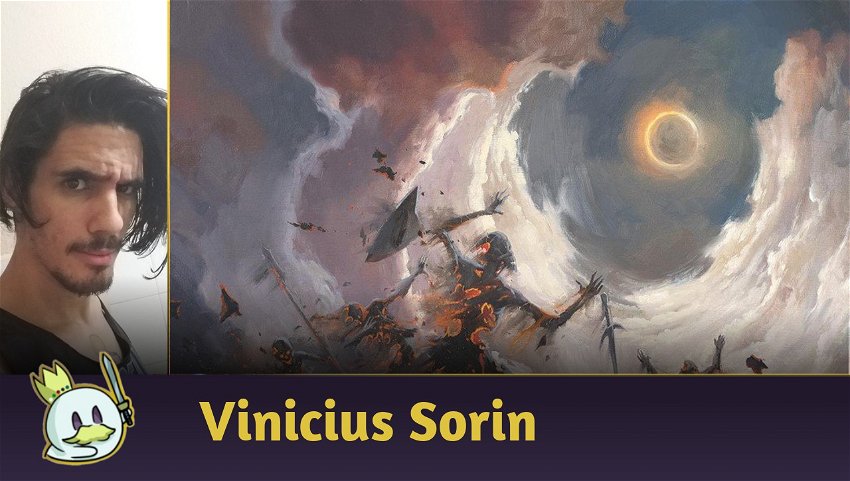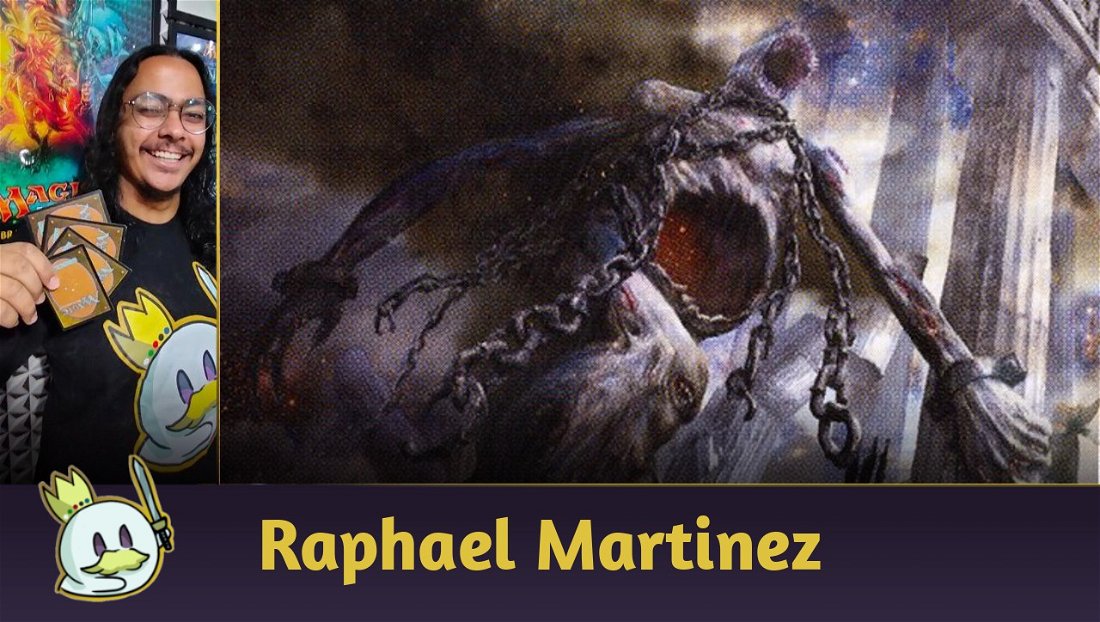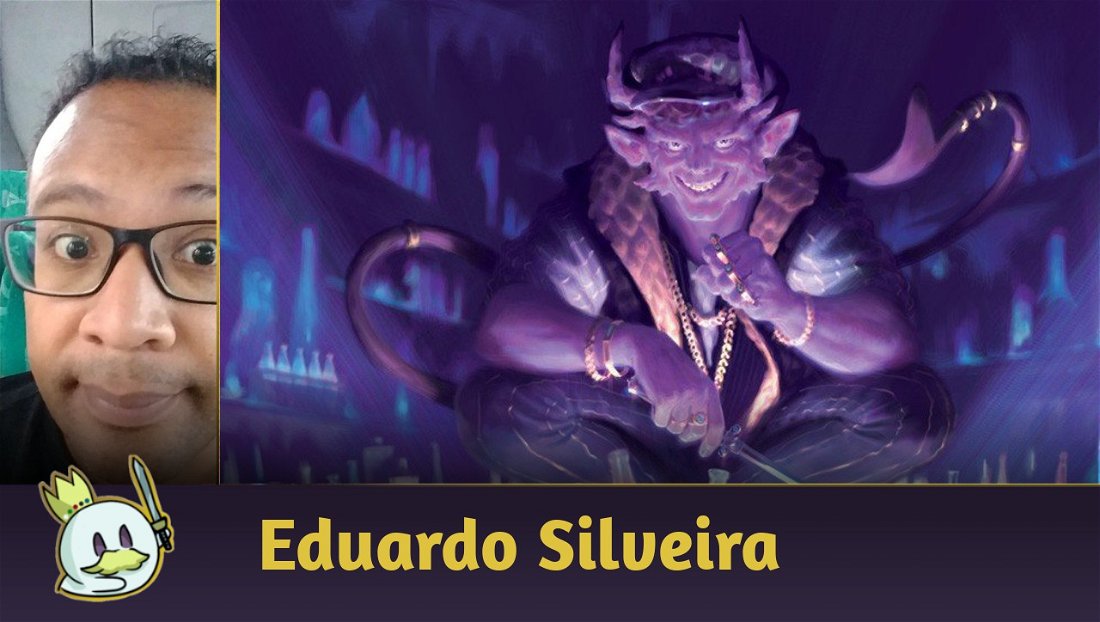We're back with another episode of our Commander Deckbuilding series. In the last episode, I talked about the essential Draw Effects and how they can play different roles in a deck. Today we're going to delve into one more of these card functions: removals and interactions in general.
The concept of interactions and their importance in the game I explain it in this article where I talk about card functions, and I recommend reading it if you don't know exactly what I'm talking about.
But just summarizing a little so that this article works minimally by itself:
What are Interactions in Magic?
Interactions are cards used to deal with the threats and obstacles your opponents place in the game: in the vast majority of cases, the permanents and spells played by them. Most Commander decks tend to have some degree of interaction, as having ways to stop your opponents from winning the game is just as important as having ways to make yourself win.
There are different types of interactions, and they are present in all colors. However, some colors have a hard time dealing with a certain threat type and some colors are better than others depending on the situation.
Spot x Sweepers
When we talk about removals or interactions, we can first divide them into two large groups: Spot and Sweepers.
Spot removals affect specific targets, typically requiring you to choose one or more targets (although there are exceptions). They are important resources against individual threats, surgically removing a problematic permanent. For example: Terminate, Return to Dust, Imprisoned in the Moon, Decimate.
Sweepers — also called board wipes — remove multiple permanents at once, wiping the table on a large scale. They are also very valuable resources, used in cases where an opponent's game gets out of control (like when someone creates too many tokens, for example) and the power across the table needs to be balanced.
It is common for sweepers to be symmetrical effects, that is, they affect all players in the same way (like Wrath of God), which makes these effects poorly controllable. It is still worth using them when opponents' losses would be greater than your own. Furthermore, the use of a sweeper interaction represents, at the very least, the expenditure of a single resource (the removal itself) against the loss of several resources from the opponents, which in itself generates a lot of value.
Yet, asymmetric sweepers also exist, and allow an even greater degree of freedom in their use, making them not only excellent control pieces but also features that can confer a great incremental advantage. For example, Cyclonic Rift.
Effective Removals

Removals are effects that destroy, exile, sacrifice, or remove one or more permanents from play in some way that feels definitive.
These are the most used interactions as they are very common across all colors. However, like almost everything in Magic, colors handle certain types of threats differently.
White Removals

Of all the five colors, white is the most self-sufficient as for removals. All kinds of permanents can be destroyed or exiled by cards of this color.
Blue Removals

Blue is an ineffective color in permanent removals, usually resorting to other types of interactions to fulfill this function (see "Bounces" and "Counterspells" below).
Even so, there are occasional cases in the blue of effective removals against creatures, as is the case with the four aforementioned cards. Effective sweepers in blue are virtually non-existent.
Blue may be somewhat ineffective at removing permanents but, as the user of reddit @PraiseDannyWoodhead pointed out, it is very good at taking them for themselves which most would argue is even better. Examples are: Steal Enchantment, Agent of Treachery, Mass Manipulation, Blatant Thievery, Sower of Temptation, Gilded Drake, Roil Elemental.
Black Removals

Black is an excellent source of creature removals, planeswalkers, and - in some cases - land. Black is rich in this type of resource, both on targeted and sweepers.
However, black is highly deficient in dealing with other types of permanents, although recently some cases of removals against enchantments have emerged as options, such as Feed the Swarm, Mire in Misery and Pharika's Libation.
In addition to destruction and exile, black removals also work great with sacrifice permanents (Chainer's Edict), -X/-X (Ob Nixilis's Cruelty) and -1/-1 counters (Black Sun's Zenith). Other sacrifice spells are: Plaguecrafter, Grave Pact, Death Cloud, Innocent Blood and Sudden Edict.
Red Removals

Red is also a color very oriented towards punctual and global removals, mainly of artifacts and terrains.
Color is the most competent in effects that deal direct damage, and so is also very useful for destroying creatures and planeswalkers. Red's great difficulty is in removing enchantments, with almost nothing - other than Chaos Warp - being able to do so efficiently.
Green Removals

Green is a pretty good color at dealing with non-creature permanents: mostly artifacts, enchantments, and lands. All sorts of sweepers and spot removals of this type are found in this color.
Still, green has its own way of killing creatures, albeit always in a conditional way. Spells and abilities that damage or destroy flying creatures (for example, Broken Wings, Arashi, the Sky Asunder) are very common here; but the form of removal for creatures most used by green is the effects of fight and the like.
Cards like Ram Through, Ram Through and Ezuri's Predation are widely used in green decks when there is no access to other colors that are more efficient in dealing directly with creatures.
Colorless Removals

When a color cannot be self-sufficient in dealing with a certain type of threat, it is possible to supply this deficiency with artifacts and colorless cards. This is quite common in Commander, especially in mono colored decks, due to the restriction imposed by the color identity rule that prevents the use of cards of other colors in a given deck. Colorless removals are often effective, but are generally much more steeper in mana.
In addition to the above cards, some examples of effective colorless removals you can add to any deck include Ugin, the Ineffable, Ulamog, the Ceaseless Hunger, Ulamog, the Infinite Gyre, Titan's Presence, Introduction to Annihilation, Unstable Obelisk, Duplicant, Karn Liberated, Perilous Vault, Steel Hellkite, Nevinyrral's Disk, among others.
Multicolored Removals

Multicolored spells can achieve great removal in an efficient way. Examples of multicolored removals are: Assassin's Trophy, Abrupt Decay, Anguished Unmaking, Void Rend, Endless Detour, Pernicious Deed, Despark and Fracture.
Bounces

Bounces are interactions that return a permanent to the hand. They cannot be considered effective removals, as once a card is in an opponent's hand, it is still a resource that can be used against you in the future.
So, a bounce counts more as a “hindrance”, a way to delay an opponent's plans, temporarily remove a permanent, or prevent a strong combo or interaction from happening. However, global bounces - such as Aetherize or Evacuation, for example - are excellent board wipes and are capable of delaying a game so much that they act as effective removals.
There are bounces for any kind of permanent and even spells. Bounces are unique to blue, which uses them as its main interactions against permanents, as the color lacks effective removals.
Counterspells

Sometimes you need to eliminate a threat before it even has a chance to resolve. The famous counterspells - essentially blue cards - are a unique type of interaction used not against permanents on the battlefield, but against spells or abilities on the stack. They then act as removals against spells, and are ultimately the only effective way to do so.
There are cancellations for all types of threats. Although they are very useful and effective interactions, counterspells have the disadvantage that they can only be used in response, and therefore require a more passive and reactive posture.
You'll need to leave the mana untapped, so you can play counterspells the moment someone does something that requires your response. If no opponent does anything that justifies your counterspell, you will have saved this mana for nothing, which could have been used to play something during your turn.
Nerfs

These interactions, while not definitive - as they can be reversed simply by removing the enchantment - in some cases turn out to be the best way to deal with very recursive permanents: which can come back into play easily, like a Bloodghast or even an opponent's Commander.
Effects like Oblivion Ring and Detention Sphere can also fall into this category, as they also only last as long as the enchantment remains in play.
Conclusion
I look forward to your feedback in the comments and would like to know what your favorite removals and interactions are in your Commander decks. In the next episodes, we'll break down one more of the card's functions: the Tutors!
Until then!














— Comentarios 0
, Reacciones 1
Se el primero en comentar